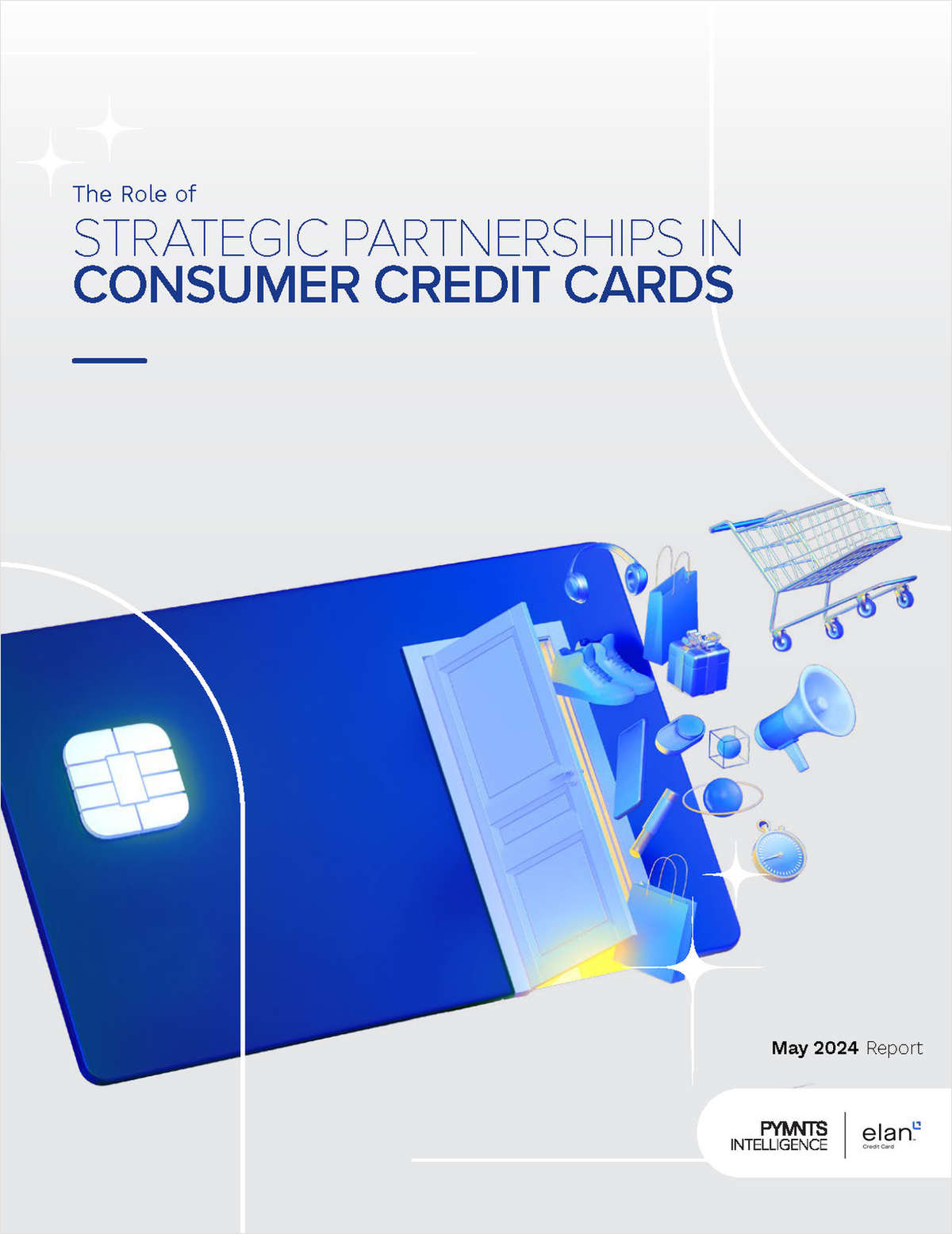As we emerge from turbulent economic times, the desire to returnto sustained portfolio growth has been a clear trend in maturecredit markets.
|Prior to the economic downturn, credit unions and otherfinancial institutions met this objective with aggressive marketingoffers to attract new customers and members through loanacquisitions. Today, however, they are increasingly looking todeepen their relationships with existing customers in order tobetter serve them.
|By identifying the needs of existing customers and matching themto individual credit risk and affordability, effective cross-sell strategies that link the needs of the individual to riskand affordability can ensure that portfolio growth can be achievedwhile simultaneously increasing customer satisfaction and promotingloyalty. This can lead to deeper and more valuable customerrelationships.
|The need to optimize customer touch-points and provide the bestpossible customer experience is paramount to future performance, asmeasured by market share, customer satisfaction and long-termprofitability.
|For example, the more of your products a customer uses, the lesslikely the customer is to leave you for the competition. Thisexample further illustrates how cross-selling expands existingrelationships and provides better customer retention. Also, byresponding rapidly to changing customer credit needs, you can buildtrust, increase wallet share and profitably grow your loanportfolios.
|The challenges
|Although the benefits to enhancing existing relationships areclear, there are a number of challenges involved in implementing asuccessful cross-sell strategy:
- How do you balance the competing objectives of portfolio loangrowth while managing future losses?
- How do you know how much your customer can afford?
- How do you ensure that customers have access to the productsthey need when they need them?
- What is the appropriate communication method to position theoffer?
In addition to these issues, few credit unions or financialinstitutions have lending strategies that differentiate between newand existing customers. In the majority of cases, new creditrequests are processed identically for both. Theproblem with this approach is that it fails to capture and use thepower of existing customer data, leading to suboptimaldecisions.
|The Essentials for Successful Cross-Selling
|Evaluation of Credit Risk
|The ability to accurately predict a consumer's default risk isparamount. The most successful strategies balance the predictivepower of data for existing customers with data from third parties(credit reporting agencies) to feed predictive models. The modelsrely on an appropriate definition of a customer.
|At first glance, this may appear simple, but the definition of acustomer becomes more complex as you consider joint or multipleaccount holders or customers with both a consumer and asmall-business relationship. Effective strategies bring these datasources together in an optimal manner to feed predictive models ofcredit default risk.
|Calculation of CustomerAffordability
|The capacity to absorb increased credit commitments in anaffordable manner is both a key component of the solution and alegal requirement. Approaches in this area have developedsignificantly in recent years. Successful strategies incorporate amechanism for capturing consumer income and deriving theirdisposable income from this information.
|Disposable income incorporates expected monthly expenditures(bills, food, tuition rent, insurance, gas) with the customers'known credit commitments (mortgage, cards, car loans, credit lines)to derive disposable income.
|The Right ProductOfferings
|By combining the evaluation of credit risk with the calculationof affordability, customer-level credit limits can be used to setmaximum thresholds for each customer holistically. These customerlimits can be apportioned among different product families(revolving credit, fixed-term loans). The comparison of maximumcustomer limits with existing commitments allows residual lendinglimits to be calculated, which forms the basis of the cross-selloffer. The residual lending capacity is communicated to thecustomer in either a push or a pull mode.
|Effective OperationalDeployment
|Finally, the decision elements used to create the cross-selloffer are positioned in a user interface for branch managers ofagents. This mechanism permits the branch manager to identify acredit amount for which the existing customer has beenpreauthorized. As such, credit requests for new customers can befast-tracked, resulting in improved servicing times and enhancedcustomer experience.
|As with any effective strategy, the ability to deploy in atest-and-learn environment is key to successful implementations. By continually testing new approaches for the components ofthe solution and monitoring their success, organizations cancontinually improve and learn, positively drive portfolio growthand enhance the customer experience, leading to greater loyalty andultimately greater profitability.
|AndrewBeddoes is a senior business consultant withExperian's Global Consulting Practice.
Complete your profile to continue reading and get FREE access to CUTimes.com, part of your ALM digital membership.
Your access to unlimited CUTimes.com content isn’t changing.
Once you are an ALM digital member, you’ll receive:
- Critical CUTimes.com information including comprehensive product and service provider listings via the Marketplace Directory, CU Careers, resources from industry leaders, webcasts, and breaking news, analysis and more with our informative Newsletters.
- Exclusive discounts on ALM and CU Times events.
- Access to other award-winning ALM websites including Law.com and GlobeSt.com.
Already have an account? Sign In
© 2024 ALM Global, LLC, All Rights Reserved. Request academic re-use from www.copyright.com. All other uses, submit a request to [email protected]. For more information visit Asset & Logo Licensing.









